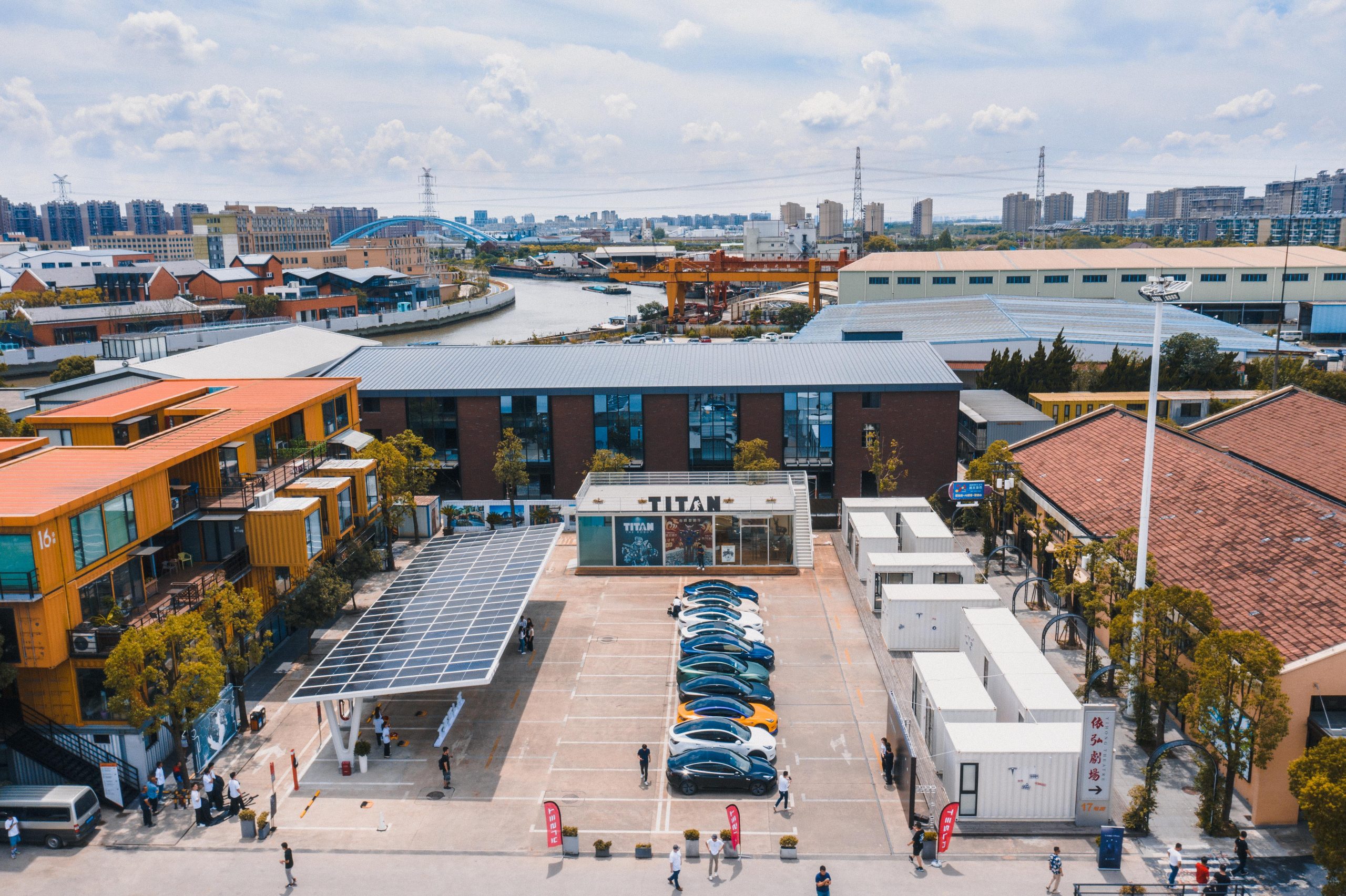On the 24th of last month, the first solar energy storage and charging station of Tesla China was established in Lhasa, Tibet. The sunny weather conditions in Tibet can utilize the excess solar energy and convert it into electrical energy through photovoltaic cells, and then use this renewable energy to charge electric vehicles. And in less than a month, a solar energy storage and charging station was also established in Shanghai, which officially settled in Baoshan Intelligent Bay on the 17th.
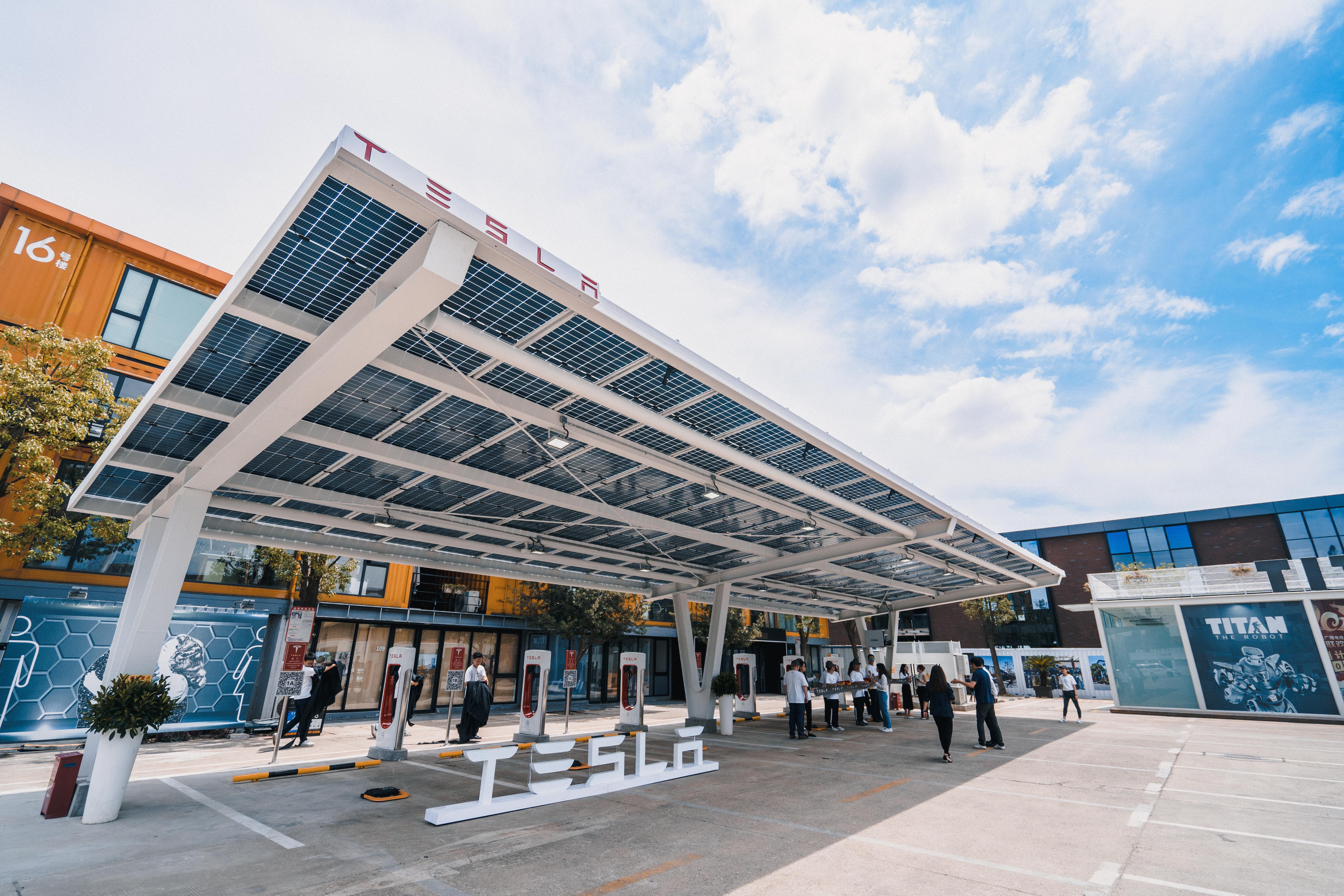
Let me briefly introduce the principle of the solar charging station. After generating electricity through the solar energy roof system, the electrical energy is stored in the Powerwall battery, and then enters the entire supercharging station’s power system, supplying power to the V3 supercharger and destination charging pile.
Some questions?
Perhaps many people will wonder—can supercharging really be achieved by relying on solar energy? How much electricity can photovoltaic cells store?
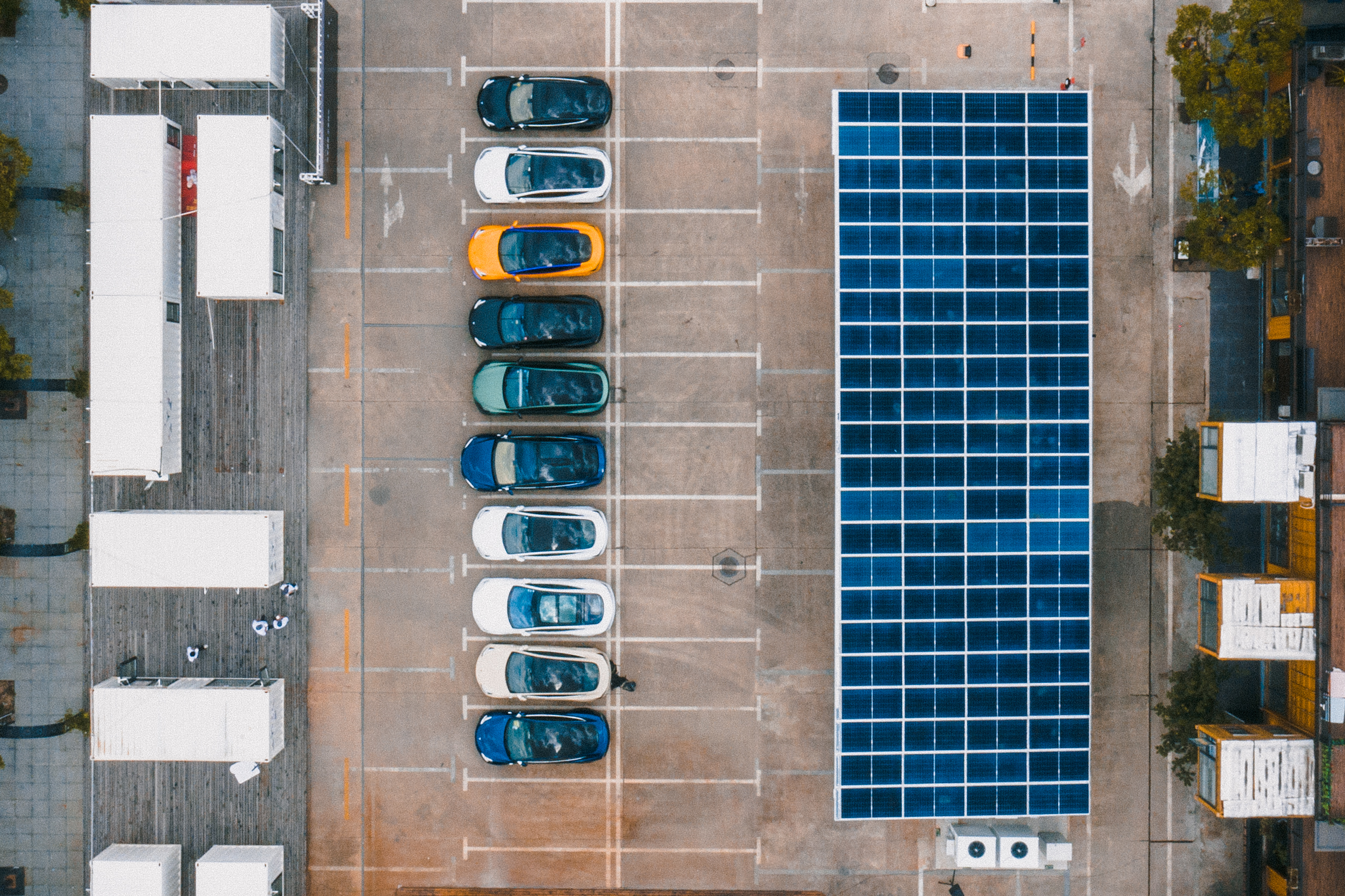
According to Tesla personnel, the photovoltaic cells of the two solar charging stations in China currently serve as auxiliary functions for supercharging piles and also provide the function of some destination charging piles, which can alleviate the pressure on the power grid during high-power supercharging, and cannot achieve a comprehensive use of renewable energy. The two solar charging stations in Lhasa and Shanghai mainly demonstrate the function and technology of Tesla Powerwall, and promote the use and construction of Powerwall in China. But I guess Tesla’s ambition will not only be focused on an auxiliary function that is not yet systematic, which may be Tesla’s layout for promoting the large-scale popularization of photovoltaic cells and sustainable energy in the future. I will talk about this in detail in the later part.
As for the second question, the official has not yet given a clear answer. But since the entire photovoltaic system of Tesla will store electricity in the Powerwall battery pack, and the capacity of one Powerwall battery pack given on the official website is 13.5 kWh, while we observed that there are four Powerwall battery packs in the entire charging station on the site, we can roughly estimate that the total energy storage capacity of the entire photovoltaic system is 54 kWh.
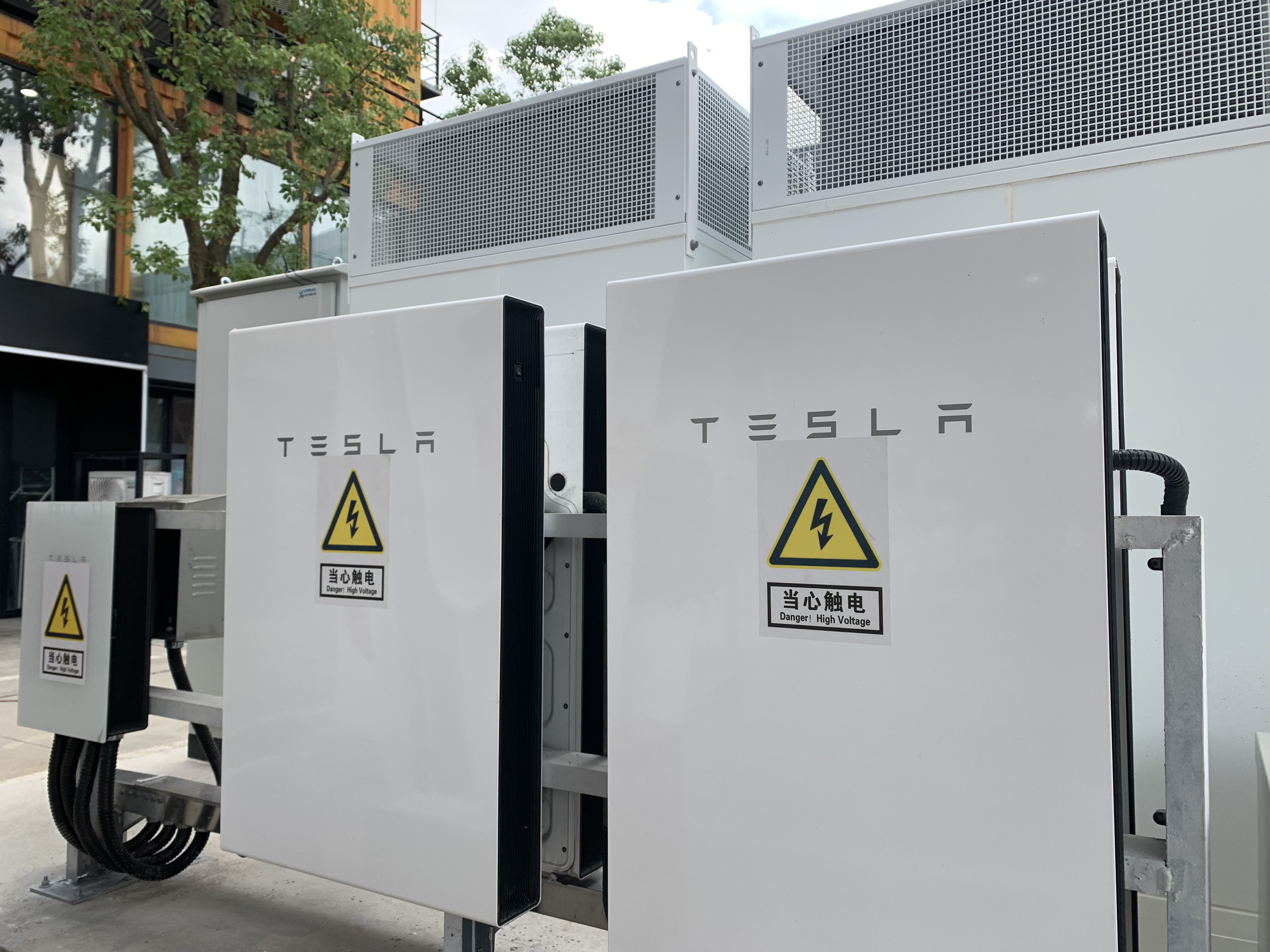
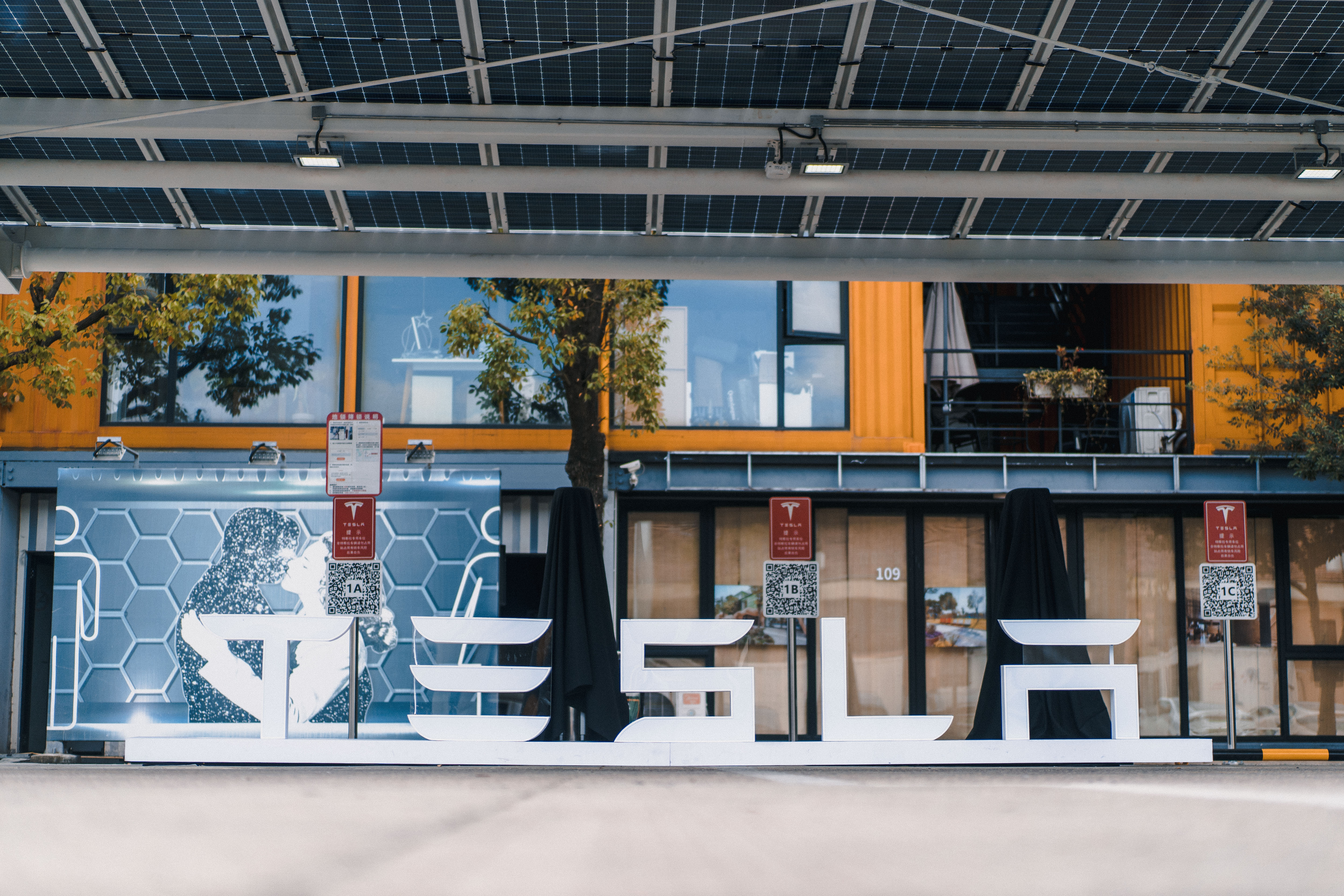 From what we can see, the laying and stability of China’s power grid can still be guaranteed, and the power of V3 Supercharging can reach up to 250 kWh. Currently, it is not very likely to achieve a significant effect by using solar power generation alone to power the Powerwall. The goal of the Powerwall system is not to be used alone during power outages, but to alleviate the pressure on the grid when the grid is under heavy load and assist in the Supercharging to meet the charging power requirements and improve the charging experience for users.
From what we can see, the laying and stability of China’s power grid can still be guaranteed, and the power of V3 Supercharging can reach up to 250 kWh. Currently, it is not very likely to achieve a significant effect by using solar power generation alone to power the Powerwall. The goal of the Powerwall system is not to be used alone during power outages, but to alleviate the pressure on the grid when the grid is under heavy load and assist in the Supercharging to meet the charging power requirements and improve the charging experience for users.
Looking ahead
As far as the current situation in China is concerned, it is still difficult to promote the Powerwall system for home use in China. Most of the electric vehicles with extensive coverage in China are located in first-tier cities, where there exist the issue of high population density. The majority of users live in apartment buildings where several households share a vertical floor space, which means that only the residents on the top floor are able to utilize solar energy, and the number of Powerwall users will be greatly reduced.
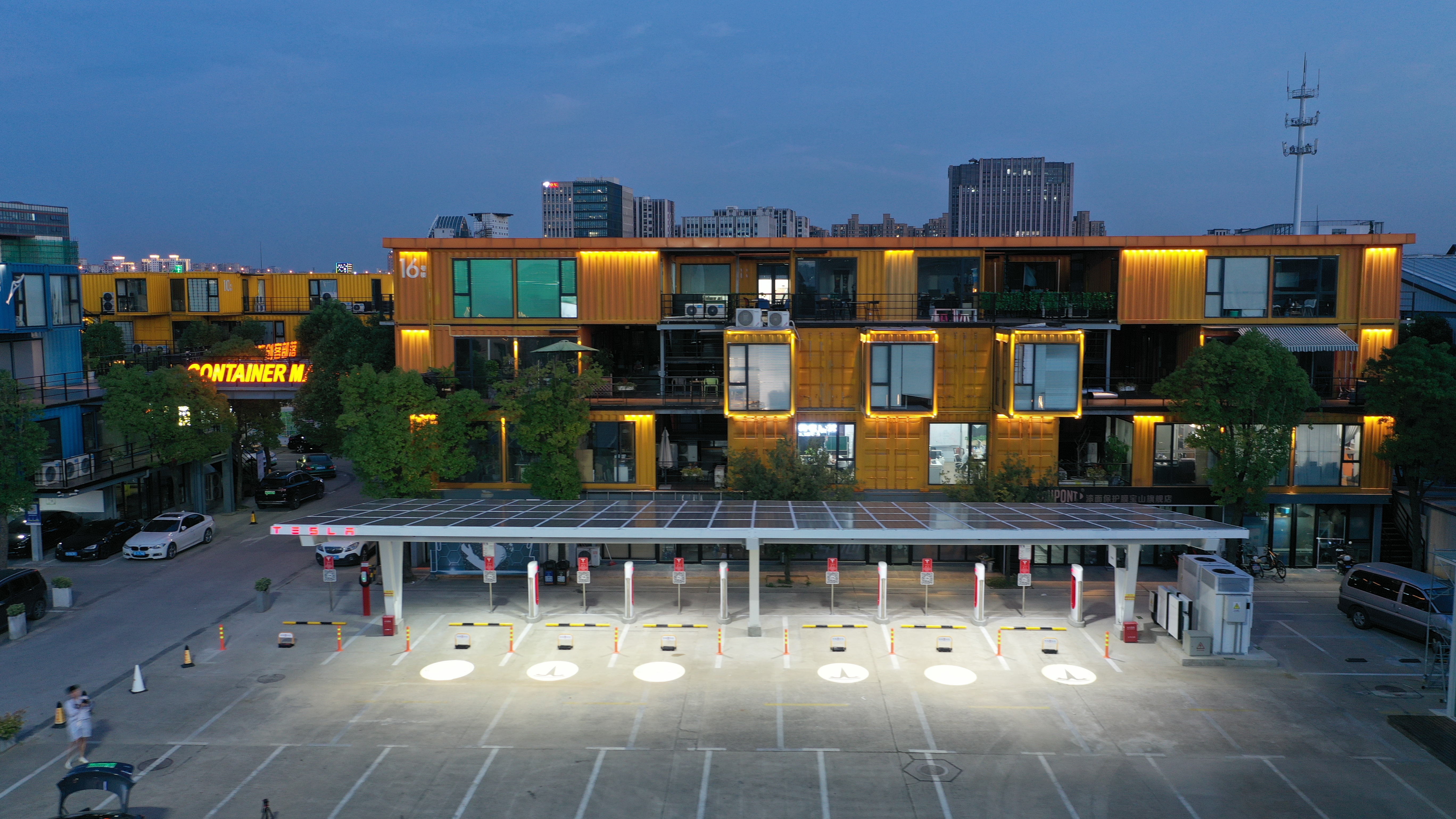
The situation appears to be much better overseas, with many new ways to use the system emerging. Tesla has started building its own Powerwall virtual power plant in California, which today even invited users of the Powerwall to participate in the construction of the Tesla virtual power plant, incorporating various dispersed energy storage devices into a virtual grid to provide power to the California region, and gradually move away from reliance on chemical fuel for power generation.
It is clear that the Powerwall system has a significant impact in Tesla’s overall layout, and perhaps this is an important layout for Tesla to fulfill its promise of “accelerating the world’s transition to sustainable energy.” Similarly, for China, it seems that solar cells are currently only serving as an auxiliary function, but in the process of gradually accumulating, clean energy’s proportion in Tesla’s blueprint will become higher and higher.
🔗 Information source: Tesla Official
This article is a translation by ChatGPT of a Chinese report from 42HOW. If you have any questions about it, please email bd@42how.com.
